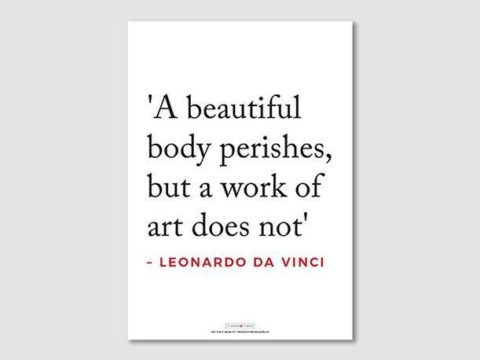Elizabeth I: Life Story
Chapter 14 : Courtship
Possibly in reaction to the isolation of England the excommunication might foreshadow, in late 1570 Elizabeth once again suggested that she might marry. Enquiries about her erstwhile suitor, Archduke Charles, met with the information that he was now betrothed (to his niece!). Elizabeth feigned offence that he had failed to be constant to her, then turned to France, where the king’s brother, Henri, Duke of Anjou, remained unwed. The match was naturally predicated on the principle that Henri would convert to Protestantism – not inconceivable as Charles IX and his mother, Catherine de’ Medici, had recently agreed a measure of toleration for Huguenots.
The matter was kept secret in England, only Burghley (Cecil had recently been promoted to be Baron Burghley) and Leicester were in Elizabeth’s confidence. In France, Catherine embraced the idea, but Henri was hesitant. Not, apparently, on account of the age difference – he was 19 to her 37, but because he heard she had led a promiscuous life. Given that he was a byword for immorality, we can suppose him also to be a hypocrite. However, he was assured by the French ambassador to England that the rumours were all unfounded.
When finally consulted in spring 1571, Elizabeth’s council was less enthusiastic than she expected – one councillor even tactlessly pointing out the age difference. Leicester feigned great enthusiasm for the match, but when Anjou dug his heels in over religion, he was quick to support Elizabeth’s determination that without Anjou conceding the point, there could be no marriage. Burghley thought he could be permitted to worship in private, but Elizabeth was adamant – saying that such permission would arouse ill-feeling in the country.
Neither Anjou nor Elizabeth were really interested in the match, and negotiations dragged on inconclusively, until Elizabeth’s ambassador to France, Francis Walsingham, suggested a treaty of mutual friendship without matrimony might be implemented. Burghley did not think that such a treaty without the tie of nuptials would be strong enough to protect Elizabeth from the growing Catholic threat, especially as letters had been intercepted relating to Ridolfi’s machinations.
It also came to light in late 1571, that Norfolk was communicating with Mary. Whilst his actual communications were unconnected with Ridolfi, under questioning of himself and his servants, it became apparent that even if he were not involved in a plot to promote foreign invasion, he had at least been aware of it. Matters came to a head when Burghley had Mary’s representative, the Bishop of Ross, threatened with torture, despite his diplomatic immunity. Ross talked...and talked…and talked.
Norfolk was brought to trial in January 1572, and a unanimous verdict of guilty was passed. Elizabeth was deeply hurt and offended, but she struggled to sign the death warrant – one was signed and then revoked on the day the sentence was to be carried out. Three further warrants were also signed and withdrawn.
It was not until Parliament made it clear that the sentence would have to be carried out, that Elizabeth sent a final warrant, and the duke lost his head on 2nd June 1572. He was the first noble to suffer execution under Elizabeth, followed within days by the Earl of Northumberland, as noted above.
Although Elizabeth had been persuaded to proceed against Norfolk, nothing would induce her to have Mary charged and tried, and nor would she accept a parliamentary bill for Mary to be found guilty by act of attainder. In what appeared to be a concession to parliament, she informed the Commons that they could proceed with a lesser bill, explicitly removing Mary from the succession to the Crown. When the bill came to her for assent, however, she claimed not to like the details, and suggested it be re-presented in the following autumn. In the meantime, as a concession to the convenience of the MPs, parliament would be prorogued, so they could all go home.
This brush with the unpleasant reality of plots against her gave Elizabeth impetus to resurrect the marriage proposal with Anjou, and she agreed that he could worship as a Catholic in private. Extremely reluctant about the match, the duke refused to be satisfied with this concession, suddenly showing himself to be more pious than ever before, attending numerous services and fasting regularly. He could not appear to be ashamed of his religion, he said. Any Mass he attended should be conducted in public.
This, of course, played into Elizabeth’s hands. She had shown herself reasonable and accommodating and could now show herself as a picture of injured maidenhood. But Catherine was as subtle as Elizabeth, and immediately played a new card – her next (even younger) son, François, Duke of Alençon. Elizabeth was delighted with the idea – the whole matter could be strung out further, and any French misgivings over Mary could be dealt with by making them privy to the letters Mary had sent via Ridolfi, effectively putting herself in the hands of France’s rival, Spain.
